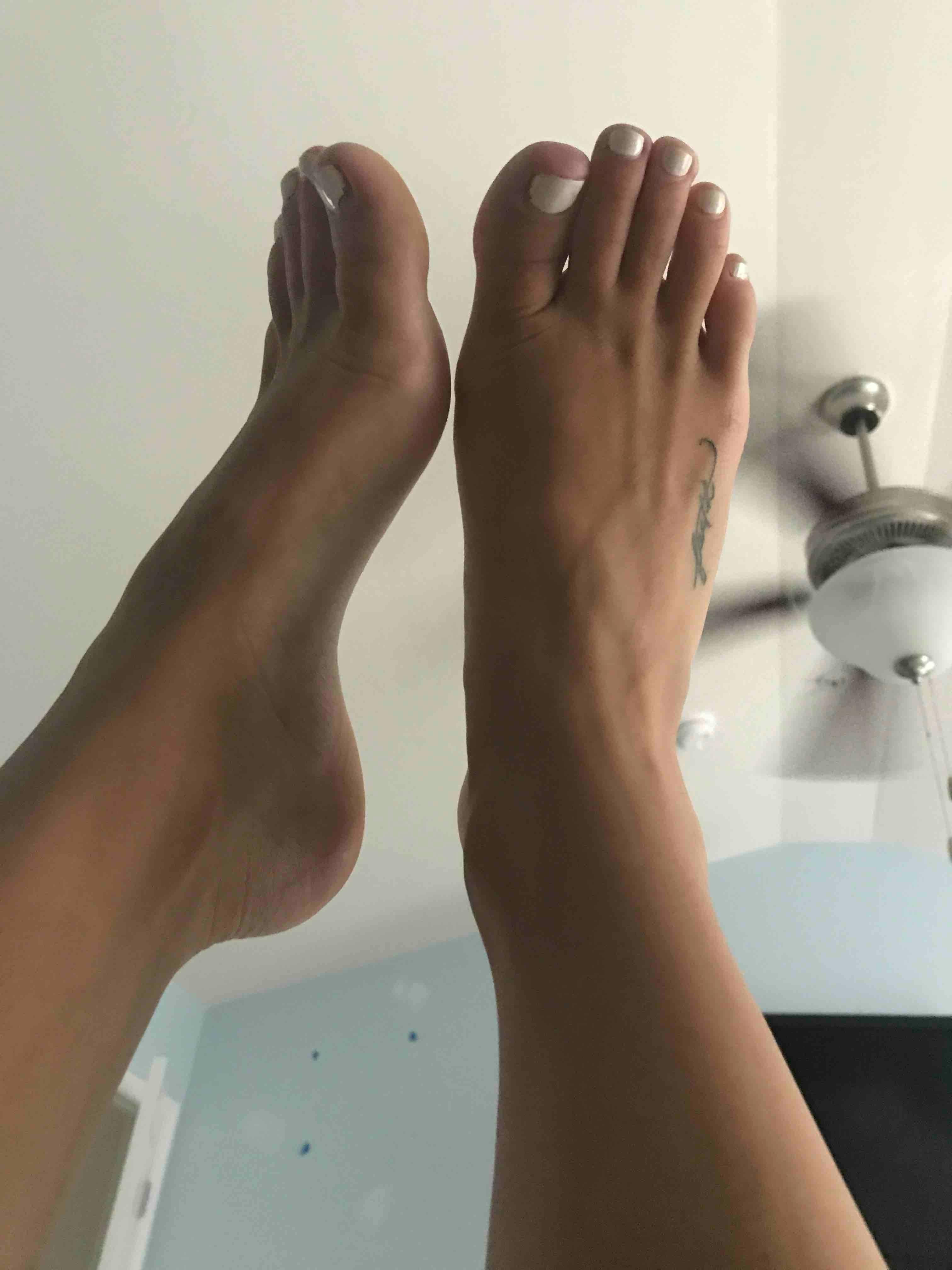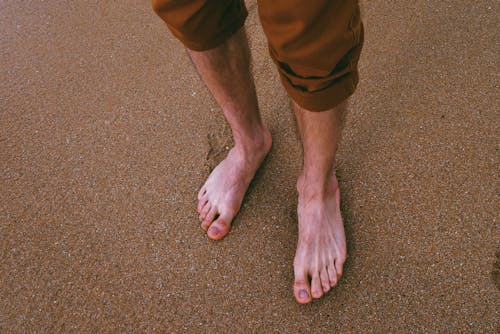The A - Z Guide Of Plantar Fasciitis Treatment
For some athletes, simply altering running shoes can substantially alleviate plantar fascia discomfort. A physiotherapist can employ a variety of different taping methods to support the plantar fascia, offering it a chance to recover. Some shoes can be fitted with inserts. One example is an orthotic, which spans the length of the shoe.
Another choice is a heel cup. This insert is designed to support and cushion the heel. Plantar fasciitis is associated with less versatility in the ankle, Achilles tendon, and calf muscles. Mild extending to enhance versatility can make the biomechanics of standing, walking, and running less stressful for the plantar fascia.
Using mild pressure, roll the tennis ball backward and forward under the foot. Stand 18 inches far from a wall with feet about 6 inches apart and place hands against the wall, at shoulder height. Without moving feet, lean into the wall, flexing the foot and stretching the Achilles tendon and calf muscles Sit on the floor with legs directly in front.
The A - Z Guide Of Plantar Fasciitis Treatment
Stretches like these last two, in which the top of the foot and toes approach the shin, are called dorsiflexion stretches. Applying a cold-pack or bag of ice to bottom of the foot may provide discomfort relief from plantar fasciitis. Relief can also be found by rolling the bottom of the foot on a frozen plastic water bottle.
Protocol Concepts. For runners, increasing the variety of steps per mileusing a shorter stride but increasing cadence to maintain speedmay minimize the tension on the plantar fascia even though there will be more steps per minute.1.Extra weight puts an increased pressure on the plantar fascia tissue. Shedding excess pounds will lighten the load on the body's musculoskeletal system, consisting of the plantar fascia.
This avoids the plantar fascia from resting in a contracted position. (Understandably, lots of people discover these splints tough to sleep in.). While it is ruled out basic treatment, deep myofascial massage might promote blood circulation and recovery. While not all experts agree, some think making use of manual manipulation/mobilization (by a chiropractic specialist or other certified health specialist) together with exercise is a reliable method to deal with plantar fasciitis.2, Individuals with persistent, moderate to serious cases of plantar fasciitis, might utilize these non-medical treatments in conjunction with medications, injections, or surgical treatments.
Plantar Fasciitis Treatment: How To

Medications are not a treatment for plantar fasciitis and must be used in combination with other treatments. Non-steroidal anti-inflammatory drugs are utilized to minimize swelling and inflammation, and are recommended for patients experiencing moderate to severe discomfort (Check My Site). NSAIDs consist of aspirin (e.g. Bayer), ibuprofen (e.g. Advil), naproxen (e.g. Aleve), and cox-2 inhibitors.
dexamethasone) through healthy skin to the aching location.1 Iontophoresis may be suggested to clients with plantar fasciitis who can't endure injections or want to prevent injections. If non-medical treatments and medications do not offer remedy for plantar fasciitis, clients may consider injections. 1. Wellenkotter J, Kernozek TW, Meardon S, Suchomel T.

Int J Sports Medication. 2014; 35( 9 ):779 -84.2. Bronfort G, Haas M, Evans R, Leininger B, Triano J. Effectiveness of manual therapies: the UK proof report. Chiropr Osteopat. 2010; 18:3.3. Clar C, Tsertsvadze A, Court R, Hundt GL, Clarke A, Sutcliffe P. Medical efficiency of manual therapy for the management of musculoskeletal and non-musculoskeletal conditions: organized review and upgrade of UK evidence report.
The Best Way to Plantar Fasciitis Treatment in 2020
The plantar fascia is a long, thin ligament present along the bottom of the foot that develops the arch of the foot. It extends from the heel bone, and after that splits and fans out to attach itself to the toes. Plantar fasciitis is a condition where the plantar fascia ends up being irritated from overstretching or overuse, causing pain in the heel and bottom of the foot.
Plantar fasciitis occurs when you strain or aggravate the plantar fascia ligament. Repetitive strain can result in tiny tears in the ligament, resulting in discomfort and swelling, which can make walking difficult. Pressures can occur due to: High or low foot arch Weight problems or unexpected weight gain Tight Achilles tendon which links the calf muscles to the heel Starting a brand-new activity or increasing the strength of an activity Using inappropriate shoes with soles that are too soft, do not fit well or offer bad arch support The major problem of plantar fasciitis is pain and stiffness in the heel and foot.
Your doctor might view how you stand and stroll, and evaluate related conditions such as high arches. X-rays of the foot can be taken if your doctor believes a tension fracture, a hairline fracture in the bone, or other related conditions such as a heel spur, which is additional calcium deposit on the heel bone.
Plantar Fasciitis Treatment
Conservative treatment measures consist of: Rest: Rest is the primary step that is considered for decreasing pain and avoiding more damage to the ligament. Ice: Rolling your foot over ice can be really effective in minimizing swelling, and is advised for 20 minutes, 3-4 times a day Medications: NSAIDs (non-steroidal anti-inflammatory drugs) might be recommended for relief of pain and inflammation Workout: calf stretches and plantar fascia stretches work in relieving pain A steroid injection may be administered into the plantar fascia for decreasing pain and inflammation Encouraging shoes and orthotics might also be recommended to minimize the discomfort while strolling or standing Night splints can be recommended by your physician to help extend the plantar fascia while sleeping Physical therapy might be recommended for instruction on extending workouts, massage and ice treatments PT may use extracorporeal shockwave treatment (ESWT), which utilizes high-energy shockwave impulses to stimulate healing of the damaged plantar fascia tissues Surgical treatment is considered just if conservative therapy does not supply effective relief after 12 months.
Gastrocnemius recession: Tight calf muscles or gastrocnemius muscles can strain the plantar fascia. To release this tension, your cosmetic surgeon will surgically extend the calf muscle, and increase the movement of the ankle (Try This Web-site). The surgery can be carried out by open cut or endoscopically through a little incision by utilizing an endoscope, which is a long instrument with a little electronic camera connected.
Your cosmetic surgeon will partly cut the plantar fascia ligament to relieve the tension. The surgery can be performed endoscopically but open cut is easier to perform and is associated with lower threat of nerve damage. Issues are uncommon following surgery to deal with plantar fasciitis, but as with any surgical procedure, they can happen.
Several Things about Plantar Fasciitis Treatment You Should Know
If you are experiencing symptoms of plantar fasciitis, thorough treatment from our foot experts is readily available at ORA Orthopedics. As the biggest and most innovative orthopedic practice in the Quad Cities, ORA Orthopedics offers the biggest options in care to kids and grownups with a broad array of musculoskeletal conditions, including plantar fasciitis and other unpleasant or painful foot problems (Home Page).
This condition is normally marked by higher foot pain and stiffness after not throughout exercise or extended periods of lack of exercise. Plantar fasciitis might also cause bone spurs, or small boney developments, to develop on the heel bone. The experienced doctors and personnel at ORA Orthopedics' Foot and Ankle Center of Quality are trained in the most recent treatment methods and use patient-focused care that is 2nd to none in the Quad Cities.
No comments:
Post a Comment